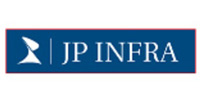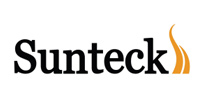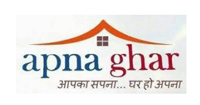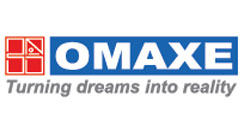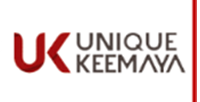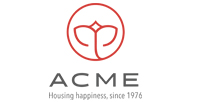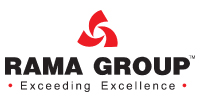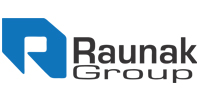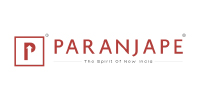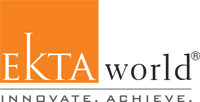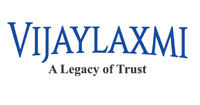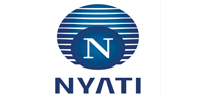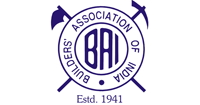For all new housing loans, Banks are required to pass on rate cuts.
By Abhay Shah, Realty Quarter
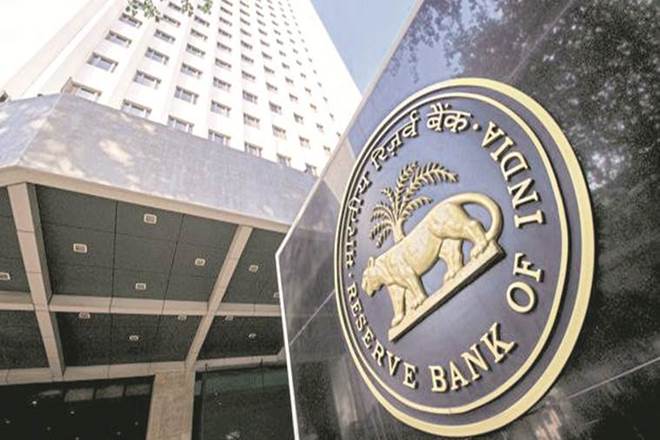
All banks have been obliged to link floating rates loan extended to retail and small businesses to the repo rate at which the lenders borrow from the RBI-or the Treasury bill rates from October 2019. The move comes in the days after banks in the public sector declared a slew of repo-linked loans after a nudge from Minister of Finance Nirmala Sitharaman.
In a circular for all banks, RBI said that floating rates of housing loans, auto loans and other personal advances, as well as micro and small businesses, must be linked to one of 3 external benchmarks, instead of the Marginal Cost of Lending Rate (MCLR).
Three of these include the RBI repo rate, three or six months of Treasury bill yields or any benchmark rate given by the FBIL, a money market service provider which publish debt market rates.
SBI was the first to give repo-linked home loans and deposits. The lenders included, among others, the IDBI Bank, Bank of India, Union Bank of India, Central Bank of India, United Bank of India, and the Allahabad Bank. Many lenders also offer repo-linked saving deposits.
RBI said that current loans and credit limits related to the MCLR /Base Rate /prime lending rate will persist until repayment or renewal, as the situation may be. Customers wishing to move to the repo-linked rate may do so under ‘mutually appropriate conditions.’
The argument against the present benchmark-the MCLR-was that the rate reduction announced by RBI to borrowers was not efficiently transferred.
RBI, while announcing a 35 basis points (100bps=1%) reduction in the repo in its August policy, pointed out that while it had reduced the rates by 75 basis points, banks weighted average MCLR had fallen by just 29 basis points.
Banks had asserted that the formula of the MCLR is calculated on the basis of funds costs, and these only gradually decrease after a reduction in the repo rate.
The repo efficacy as a benchmark rate was proved in SBI’s repo-rate linked home loan, which is priced at 8.05%, significantly lesser than the home loan associated with the MCLR. There is a powerful probability that RBI will cut rates further to spur demand with the economy in the throes of a slowdown.
Former Governor Urjit Patel first proposed the external benchmark in 2018. Banks objected to the external benchmark on the basis that their funding costs did not pass in line with the economies which the order, that was due to come into force in April 2019, was held in abeyance.



















